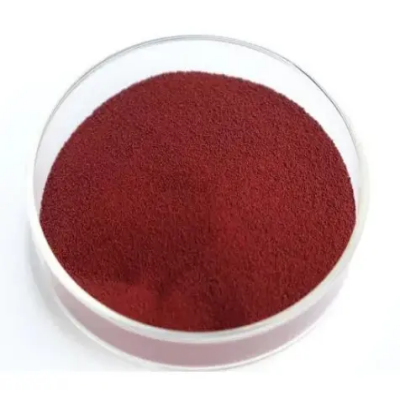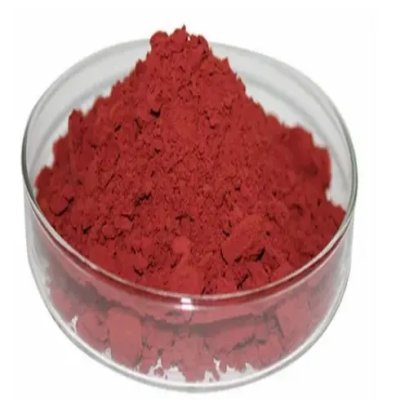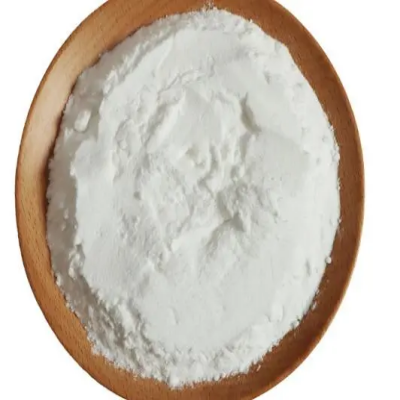4-Methyl-3-nitrophenol CAS:2042-14-0
4-Methyl-3-nitrophenol has a range of important applications across different fields, particularly in pharmaceuticals, agrochemicals, and materials science: Intermediate in Organic Synthesis: One of the primary uses of 4-methyl-3-nitrophenol is as an intermediate in organic synthesis. It can be transformed into other chemical compounds through various chemical reactions, including nitration, reduction, and coupling reactions. Researchers exploit its functional groups to create derivatives that may have specific biological or chemical activities. Pharmaceutical Applications: In medicinal chemistry, 4-methyl-3-nitrophenol can serve as a building block for developing new pharmaceutical agents. Its structural features allow for modification leading to novel compounds that may exhibit antimicrobial, anti-inflammatory, or analgesic properties. The exploration of its derivatives in drug discovery can lead to new therapeutic options for various diseases. Agrochemical Production: The compound can also be involved in the synthesis of agrochemicals, including herbicides and pesticides. Its reactivity and ability to form stable linkages make it suitable for creating active ingredients that enhance agricultural productivity. By integrating 4-methyl-3-nitrophenol into formulations, manufacturers can develop effective tools for crop protection. Dyes and Pigments: 4-Methyl-3-nitrophenol can be used as a precursor in dye manufacturing. Its ability to undergo various transformations enables the production of colored compounds used in textiles, inks, and plastics. The development of azo dyes and other pigment-related products may benefit from the incorporation of this compound. Research Tool: In laboratory settings, 4-methyl-3-nitrophenol can act as a reagent for various analytical methods. Its distinct characteristics may be utilized in studies involving enzyme kinetics, reaction mechanisms, or environmental monitoring. The compound's ability to participate in redox reactions makes it useful for exploring catalytic processes and studying the behavior of phenolic compounds. Environmental Studies: Due to its potential presence in waste streams and its toxicity profile, 4-methyl-3-nitrophenol is relevant in environmental studies. Researching its degradation pathways and ecological impact can help assess risks associated with its use and inform regulatory measures for managing hazardous substances. In conclusion, 4-methyl-3-nitrophenol is a versatile compound with significant implications in organic synthesis, pharmaceutical development, agrochemical production, dye manufacturing, and environmental studies. Its chemical properties and reactivity make it a valuable tool in advancing scientific research and industrial applications.






| Composition | C7H9NO3 |
| Assay | 99% |
| Appearance | white powder |
| CAS No. | 2042-14-0 |
| Packing | Small and bulk |
| Shelf Life | 2 years |
| Storage | Store in cool and dry area |
| Certification | ISO. |





![9-ETHYL-3-[N-ETHYL-N-(O-TOLYL)HYDRAZONOMETHYL]CARBAZOLE CAS:1274948-12-7](https://cdn.globalso.com/xindaobiotech/5_OA38V84MV@LC2XT96.png)



